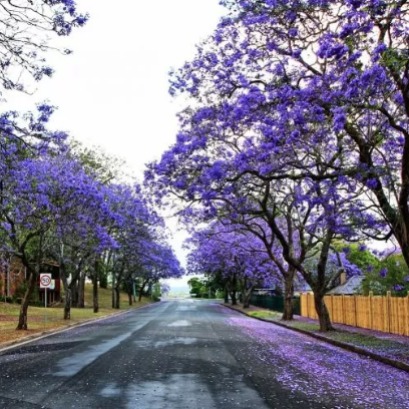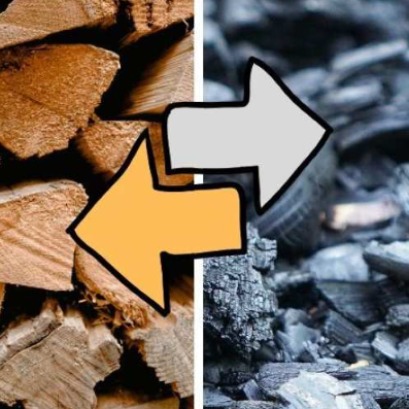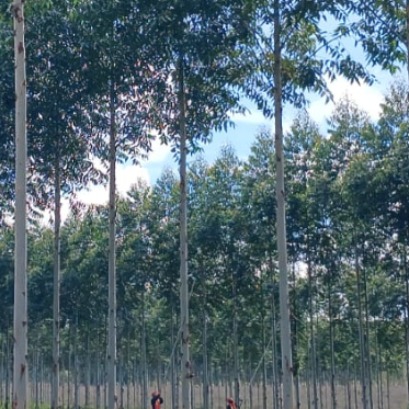
This tree was chosen as the most beautiful in the world and is only in these 3 Latin American countries
Originally from Latin America, the beauty of this tree lies in its height, or in its foliage: it is its flowers as beautiful as indefinite that make it considered the most beautiful in the world.
As curious as it seems, the most beautiful tree in the world is not recognized by its green leaves or its height: it is its flowers, of a lilac tone that give it its uniqueness. This is Jacarandá, only present in 3 Latin American countries: Argentina, Paraguay and Bolivia that each spring offers a unique show covering streets, squares and avenues with its unique beauty. If well today the Jacarandá is value A tree like the most beautiful in the world and adds next to the Jacarandá to two other species on the podium: the Japanese Arce and the Ginkgo Biloba. The inverted tree portal, however, is one of those that ensures that the first place is taken by the lilac flower tree. Originar of the subtropical and temperate forests of Latin America, the elegance of its shape and the intensity of its flowering make Jacarandá a shocking species in terms of beauty. His name is of tupí origin and means fragrant and, for some cultures the Jacarandá has a deep emotional value identified with renewal, hope and regional pride. Even thus, the Jacarandá currently faces threats derived from urban expansion and the loss of its natural habitat. In that sense, Jacarandá was introduced in areas outside the native culture habitat such as the province of Buenos Aires in Argentina, Ecuador, the Altiplano of our country, Florida, California and Central and Norte of Chile, among other places. Finally, the Jacarandá was named in 2015 distinctive tree of the city of Buenos Aires, in Argentina. The species was incorporated into the urban landscape at the end of the 19th century by adding it to streets and squares. At present, there are more than 11 thousand copies and 1,500 of them, they are in green spaces.
IT MAY INTEREST YOU
 Canadian researchers make biochar from wood waste that rivals steel in strength
Canadian researchers make biochar from wood waste that rivals steel in strength
Researchers at the University of Toronto have developed monolithic biochar from wood that can reach an axial hardness of up to 2.25 GPa, similar to mild steel.
 Paraguay | The plantations became instruments of territorial development and the generation of decent employment, INFONA highlights.
Paraguay | The plantations became instruments of territorial development and the generation of decent employment, INFONA highlights.
Plantings in different phases, control of ants and weeds, pruning and thinning, mechanized harvest, technology applied to the field and complete integration of the production cycle were part of the CREA Forestal proposal in its Technical Update Conference – JAT Forestal 2025. The event took place on Friday, November 14, at Estancia Ñemity, located in San Juan Nepomuceno, Caazapá, where agricultural producers, technicians, contractors, students and companies in the sector met to observe the forestry business of the future in action.
 They promote research in pine resins from the NEA
They promote research in pine resins from the NEA
The forestry industry is one of the most important sectors in the economies of Misiones and Corrientes. Thousands of hectares of pine supply the paper, pulp, boards and sawmill industry. Pinus elliottii, one of the species established in the region, in addition to providing wood, is used to produce resin, a non-wood forest product with high demand in the chemical, pharmaceutical and cosmetic industries. In 2\024, resin extraction of approximately 52,6\0\0 tons was achieved from approximately 18,\0\0\0,\0\0\0 trees in production, generating income and jobs with high expansion potential.



















